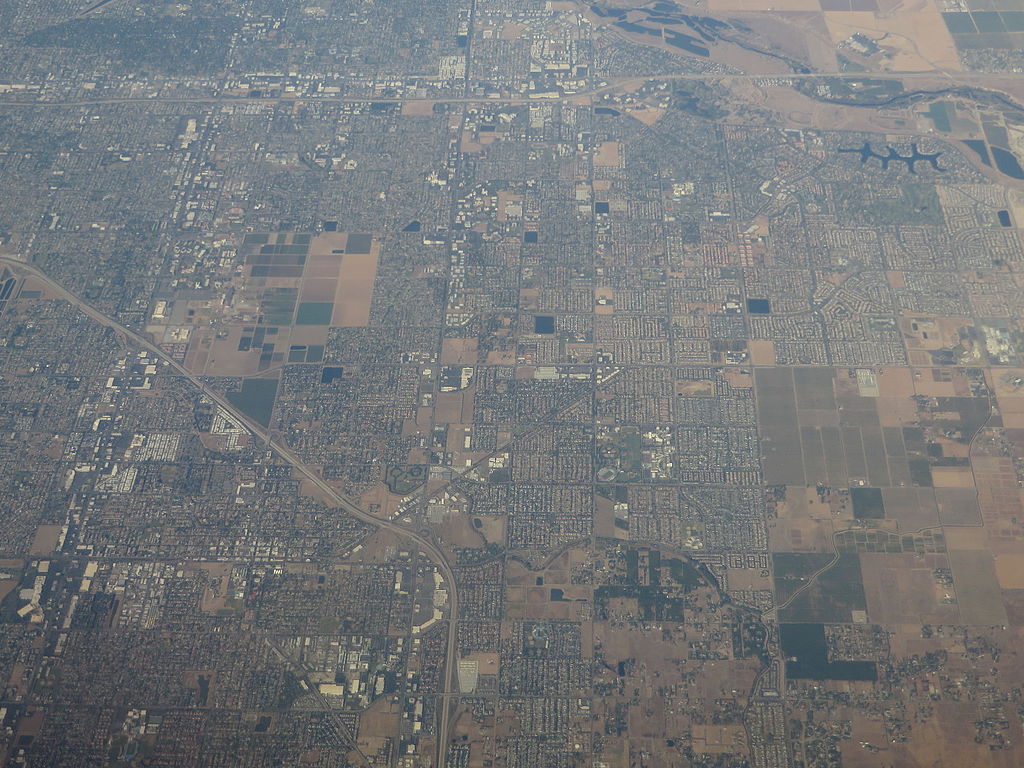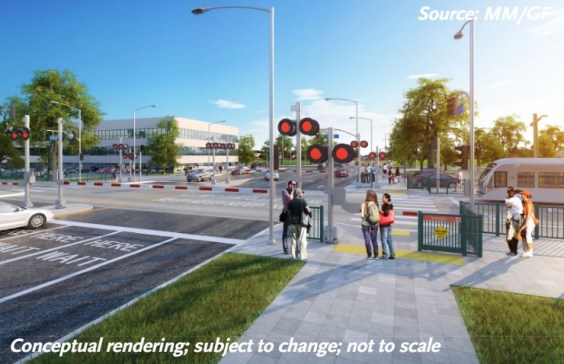Normally the California Interregional Transportation Improvement Program (ITIP) is a business-as-usual plan to pour money into highways, with a bit set aside for regional rail projects, and its draft release is widely ignored.
But the Draft 2020 ITIP released by Caltrans last week [PDF] evoked a different reaction. The Sacramento and Fresno Bees reported that it would shift gas tax funding from highways to rail in line with the Executive Order signed by Governor Newsom a few weeks ago, and other media outlets picked that up and ran downhill with it. Various outlets quoted local leaders as fuming mad: Assemblymember Jim Patterson said he was outraged at this "bait and switch," and Tulare County supervisor Kuyler Crocker called it a "slap in the face." Madera County Supervisor Rob Poythress went further, saying the governor's executive order was akin to a "re-education camp that I hear about in other countries."
At this week's California Transportation Commission meeting, CalSTA Secretary David Kim told the commission that it was all a misunderstanding. The projects in question - two on Highway 99, another on Highway 46, were "deprogrammed" from the 2020 ITIP. "That does not mean they have been abandoned or eliminated," he said. "Both projects are in the early design stage; they have not started construction work," he said. "And they are still eligible for future funding."
The three projects have been included in the ITIP since 2018, but have not used the funding to date and won't be able to for several years. They include work on the Antelope Grade on Highway 46, widening Highway 99 to six lanes south of Madera, and widening Highway 99 through Tulare. Other projects on those roads - for example, work on the Wye at Highway 41 and widening 99 at Tagus - are still being funded through the ITIP.
"I want to make it clear to our local partners," said Kim. "We are going to work hand in hand with all of you to identify alternative funding sources" so that the projects can be built. He pointed out that even without these particular projects, almost half of the 2020 ITIP is for these corridors - with twenty percent of the funding going for other projects on Highway 99.
Of course "interregional transportation" encompasses more than just highways, and the ITIP also makes a few adjustments to the rail projects on its list. (There are no interregional bus projects, or at least none that get funding through the ITIP.)
Removing these three projects from the 2020 ITIP and saving money on another Highway 99 project moves about $61 million to the column of "uncommitted 2020 ITIP programming capacity." Those uncommitted funds, according to the draft plan, will be held in reserve "for priority rail projects and other priorities aligned with Executive Order N-19-19."
That executive order calls for the California State Transportation Agency to use some of its discretionary funding ($5 billion out of a total of $17 billion) to align transportation funding with state climate goals. What exactly that means is to be determined, but it could - and should - mean investing in transportation modes that help people reduce driving and emissions.
Calling this a "bait and switch" is either a profound misreading of how state funding works - and who could be blamed for that, since Caltrans' funding "system" is at best opaque - or else just a pat political ploy to rile up people by claiming that gas tax money is being illegally "taken away from highways."
It certainly got people riled up.
Is this a good time to point out that research tells us, ad nauseum, that widening highways increases driving? Or that "transportation" includes more than just highways?
In other words - or better yet, in the words of Secretary Kim: “If we are going to be serious about preparing for climate change, we have to start planning now, considering the long lead-time for transportation projects."
At the CTC meeting, Kim tried to clear up the confusion, following up with a press statement afterwards:
“An executive order does not supersede existing state law," he said. "Gas taxes, including SB 1 funds, are protected under Article 19 of the constitution, and we will honor the will of the voters, and this is unchanged by the executive order."
"The state will continue the 'fix it first' approach outlined in S.B. 1. Maintaining the condition of our highways, roads and bridges is of the utmost importance to the Governor," he said, but at the same time "we are legally required to meet climate goals under A.B. 32 and S.B. 32. We all know the factoid that transportation emissions are responsible for forty percent of all emissions, and we are all responsible to do what we can to reduce emissions."
"We are mandated and obligated to reduce emissions," he said, "but also we can all agree it's the right thing to do. It is time for all of us to have a different kind of conversation. We need to rethink how transportation projects are planned and executed."
“We’re going to approach this in a way that makes sense from the standpoint of the economy, jobs, and income inequality," he wrote in his press release. "Investing in transportation infrastructure and meeting climate goals are not mutually exclusive. That means directing available resources to projects that make the most progress toward our climate goals."
He said CalSTA will be working on an implementation plan for the Executive Order, and will be looking for public input on it.
Meanwhile, the Draft 2020 ITIP, the subject of so much consternation, is still a draft [PDF]. One workshop on it was held this week in Modesto, and another will be held in Irvine on October 15 (listen to the webcast here). A final draft is expected to be completed on December 15.
If nothing else, this outlandish response to what is basically an accounting move should be taken as a warning: people won't stop to listen if they think "their" gas tax money is threatened. It will be important to communicate why reprioritizing funding is necessary, and to keep educating the public about wonky notions like induced demand.
But it will also be important to get some alternatives to driving in place so people can actually choose them.





